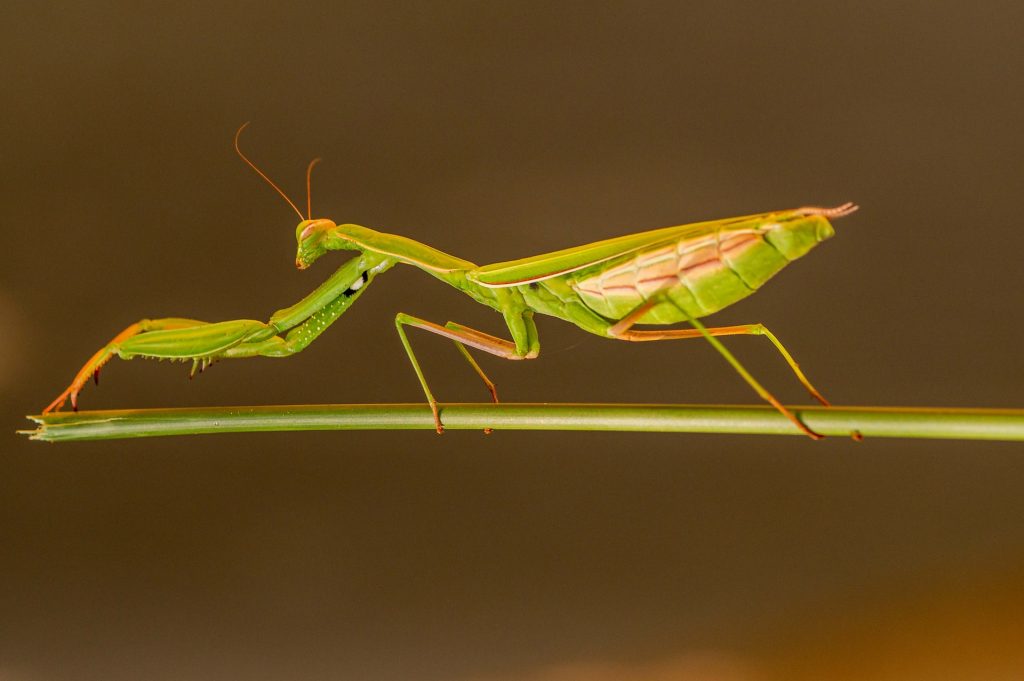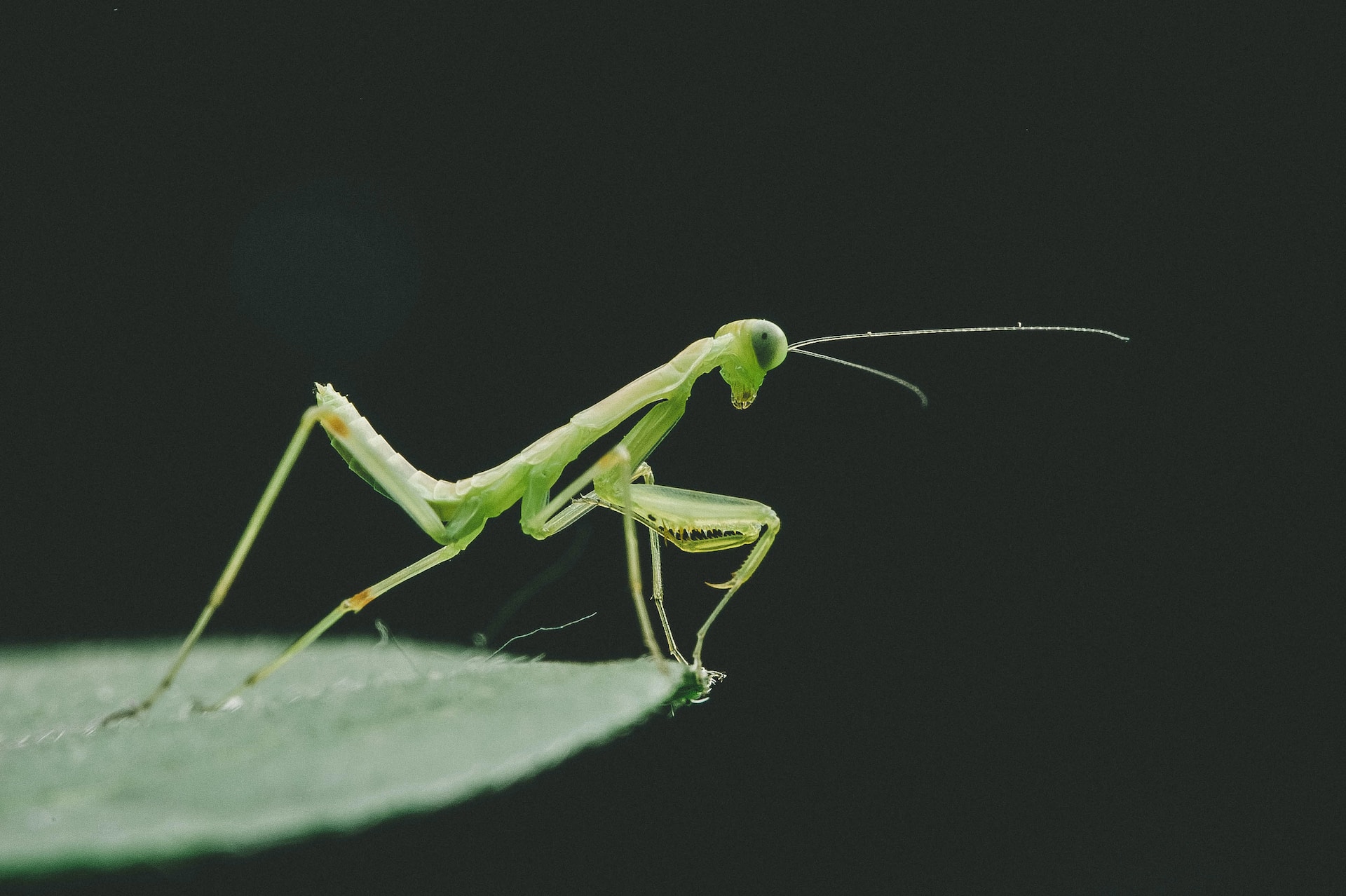The praying mantis is an interesting insect that is known for its unique physical appearance and behavior. It is capable of flight and typically flies in short bursts, but is not generally considered to be dangerous to humans. Mantises are also known for their unique posture of holding their front legs together as if in prayer, which has given rise to many cultural and religious associations throughout history. The largest species of praying mantis is the Chinese mantis (Tenodera sinensis). There are over 2,400 species of mantises and female mantises eat their male partners during mating.
Mantises are incredibly strong and capable of capturing and killing large prey and are known for their powerful forelegs which allow them to grasp and immobilize their prey. They are easy to care for and can be kept in terrariums, but some species are protected by law and cannot be kept as pets. The lifespan of a praying mantis will depend on the species and the conditions in which it is kept, with adult mantises living for several months to a year and nymphs only living for a few months before reaching adulthood.

There are several insects known to prey on praying mantises, including assassin bugs, spiders, and certain species of wasps. Despite their formidable predators, mantises are often able to defend themselves against potential attackers and are capable of taking down a wide variety of prey. Mantises are preyed upon by a variety of insects, including wasps, hornets, and spiders. However, mantises are powerful predators in their own right and can usually fend off any would-be attackers. The praying mantis is a unique and fascinating insect that has been revered by many different cultures throughout history. They are capable of flying at speeds of up to 20 miles per hour and are not adapted for swimming. The ideal temperature range for mantises varies depending on the species, but they prefer warm temperatures between 80 and 90 degrees Fahrenheit.
The mantis has a long history of cultural significance and has been used in traditional medicine in some cultures, including in Africa, where they are believed to have healing properties. With their distinctive appearance, intriguing behavior, and rich cultural history, the mantis is a remarkable creature that continues to captivate and inspire us today.

